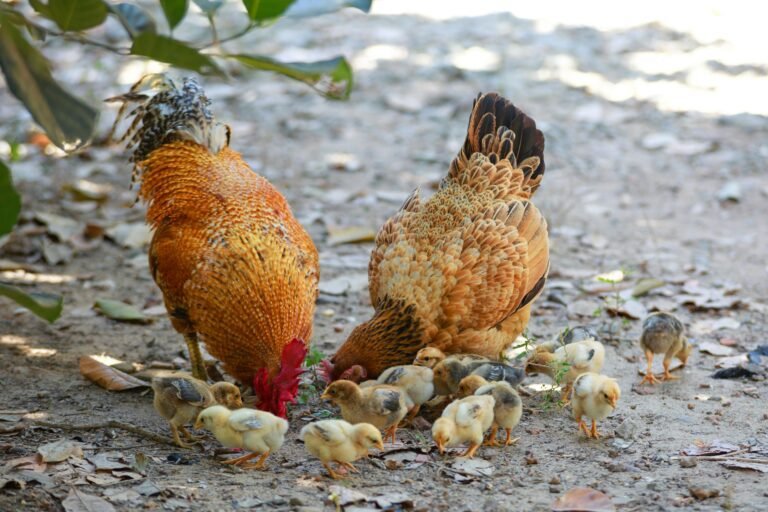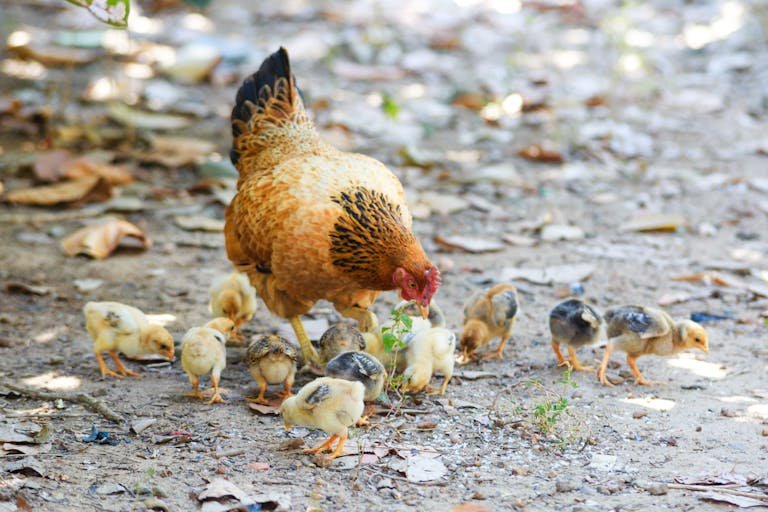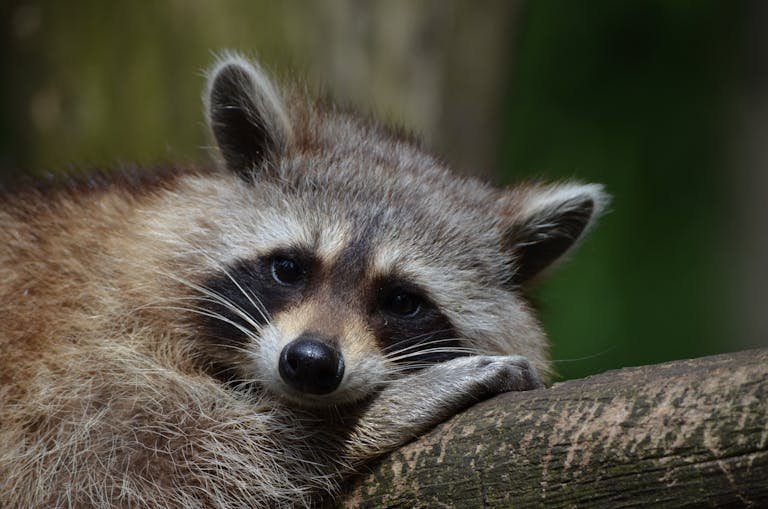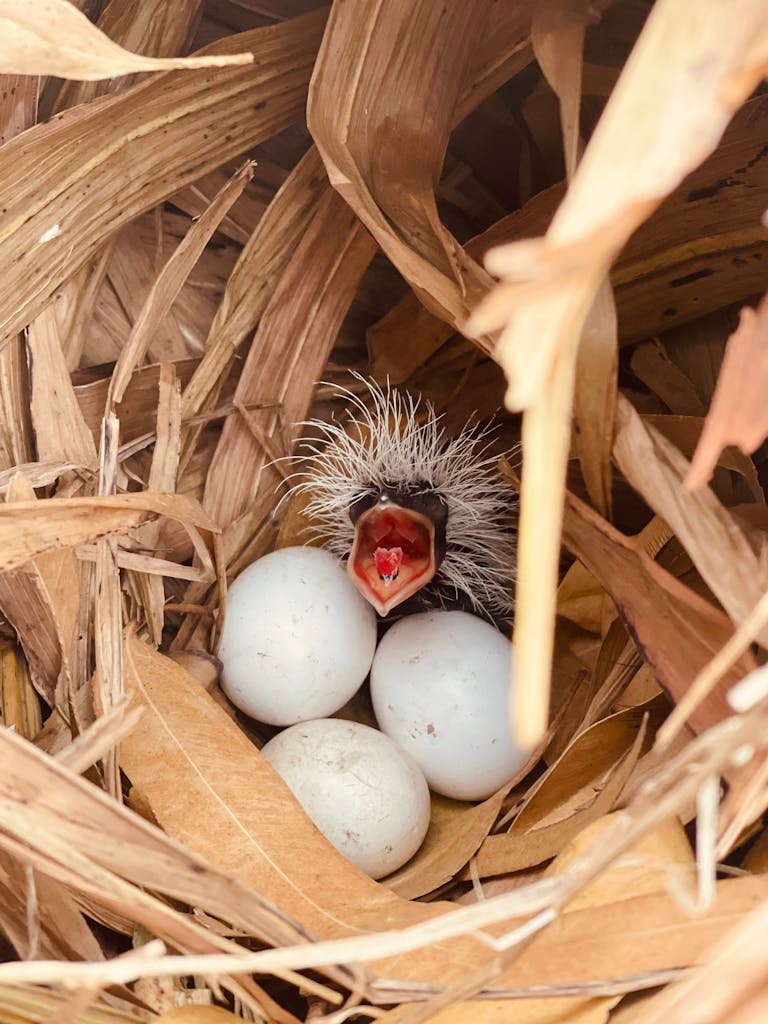Backyard Birds: Feathered or Furry?
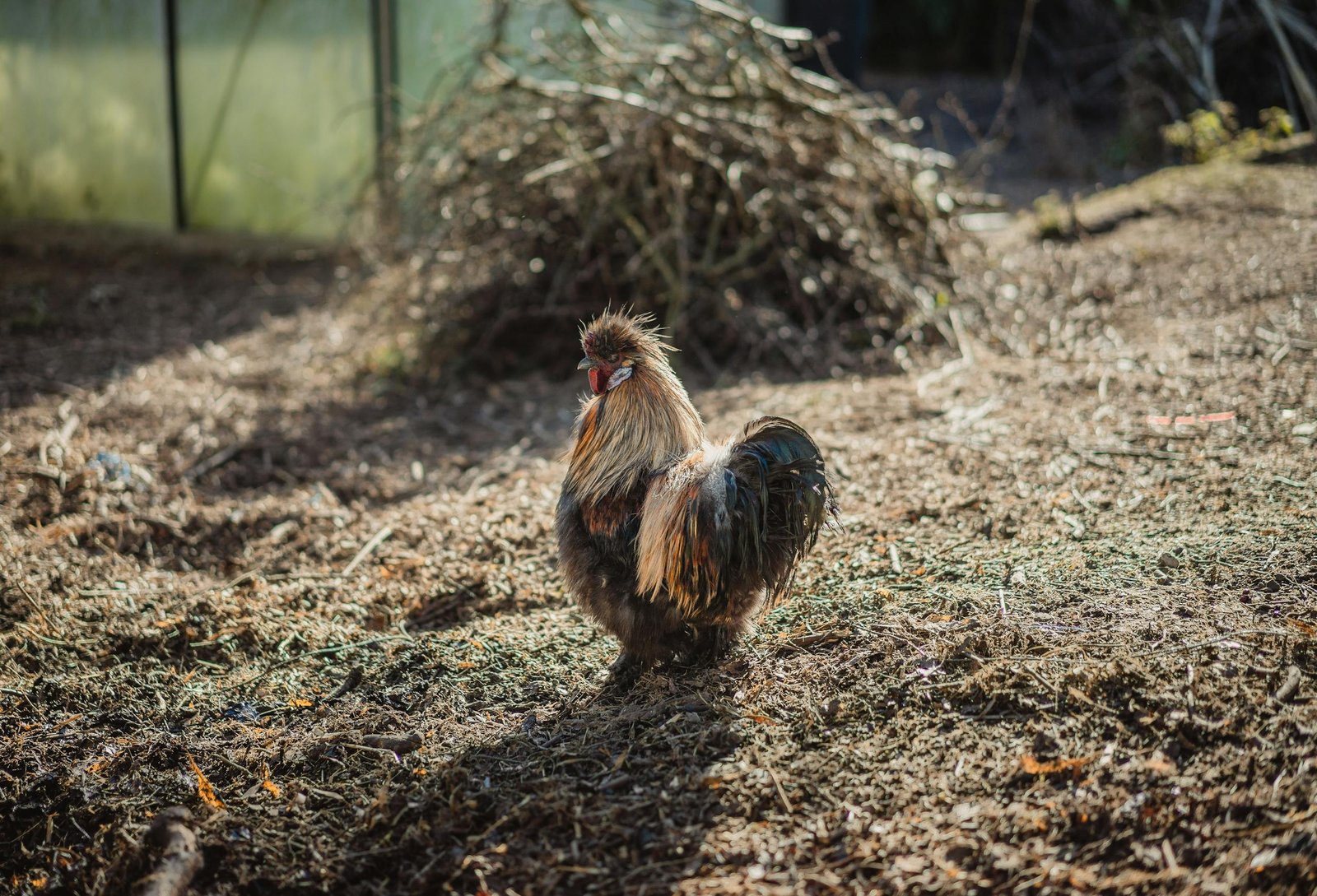
Chickens, those charming birds that cluck and peck their way into our hearts, are a staple of farms and backyards around the world. Do Chickens Have Feathers? The answer is Yes, indeed, chickens have feathers, and these feathers are not just for display or beauty. It plays several essential roles that assist in the existence of chickens. It is therefore now time to shed light on more details about the phenomenon of chicken feathers and their uses.
The Structure of Chicken Feathers
Feathers are complex structures made of a protein called keratin, which is the same material that makes up human hair and nails. Each feather is composed of several parts:
- Shaft (Rachis): The shaft of the feather that is composed of a dense, cylindrical central hollow tube supporting the feather.
- Barbs: Barbs extend from the shaft and form the vanes of the feather.
- Barbules: These are small structures that arise from the barbs and are connected by hooks to form the feather, making its surface sleek and integrated.
This structure enables feathers to fulfill several tasks efficiently.
Types of Feathers
Chickens have several types of feathers, each with a specific function:
- Contour Feathers: These are extra cover feathers that are located at the periphery of the body, wings, and tail. It is largely responsible for giving chickens their sleek body structure and offers protection from the harsh weather.
- Down Feathers: Down feathers are soft and fluffy and are found just below contour feathers. It surrounds air near the body of the chicken and makes it warm enough to keep the bird warm all the time.
- Flight Feathers: These are special types of contour feathers that are found in the wings and the tail of birds. They are elongated and more rigid to enhance flight while offering steady support during mobility.
- Semiplumes: These feathers exhibit both downy and contour features, further contribute to insulation and camouflage purposes, and have a softer surface.
- Filoplumes: Filamentous structures originating from the base of contour feathers and believed to play a tactile role in informing the chicken of any changes in contour feather position.
- Bristles: Bristles are located mostly around the eyes and beak and serve to shield sensitive tissues from such intrusions as dirt and insects.
The Functions of Chicken Feathers
Insulation
The first significant use of feathers is as insulators or to regulate body temperatures. This means that chickens are warm-blooded animals and the stability of the body temperature is a very important factor for their survival. These feathers, as you will notice, are fluffy, and insulate by holding a pocket of air in close contact with the chicken skin and thereby keep the bird warm in colder temperatures. This insulation is so good that the chickens can endure hardly believable low temperatures.
Protection
They also act as an outer covering that protects the birds from the environment. Contour feathers protect chickens from rain, snow, and wind, helping provide a layer of insulation to the skin to lower the chances of hypothermia. On the other hand, a disadvantage of having feathers is that they provide little protection against slight injuries and parasites. The closely set feathers may prevent insects from getting to the skin of the chicken while the barbs form an interlocking and compact structure that is hard and thick.
Flight and Movement
Although domesticated chickens are not known for their flying abilities, their wild ancestors were capable fliers. Wings and tails have flight feathers whose role is to offer chickens the ability to fly for short distances or escape from any attacker. Even in chickens that have been domesticated, these feathers are used for balance as well as in locomotion so that they can move around with a lot of ease.
Mating and Social Interactions
They are also used in displays and courtship as well as in social conduct. Other birds, especially the roosters, have very bright feathers which they use to court the hens. In the loci of courtship, the rooster will fatten his feathers, spread his tail feathers, and do intricate swings to woo the females. In the chicken world, bright feathers indicate the health and genetic fitness of the birds involved in breeding.
Sensory Functions
Filoplumes bristle-like feathers, are involved in sensory function. These feathers are attached to nerves and thus these birds are able to feel changes in the position of their feathers. This feedback enables chickens to adjust their feathers within seconds and ensure that they are adequately covered to fly, among other uses.
Feather Maintenance and Molting
Preening
Preening is a common practice that chickens undergo to maintain the health of their feathers. Dirt, parasites, and damaged barbs are brushed off by chickens during preening while the beaks are used to straighten the feathers. They also use an oily secretion produced from the uropygial gland, which is situated near the base of the tail. This oil aids in sealing the feathers from water and at the same time assists in their elasticity.
Molting
This is the process of removing old feathers and growing new ones in chickens. Generally, it happens once in a year but can be more frequent based on age, health, or environmental factors. It is a common observation that during the process of molt, the chickens appear rather scruffy and even lose most of their feathers. Although this process can be a stressful experience for birds, it is crucial for the proper growth of functional feathers.
Nutritional Needs
Feather growth and maintenance also demand much protein to build up. Chickens produce new feathers during the molting period and hence require more protein. This is why it is important to offer the birds a high-protein diet to promote the growth of feathers during this time. Chicken feeds on insects, seeds, and specially prepared feed for poultry and other poultry products.
Common Feather Problems
Feather Pecking
Feather pecking is a form of poultry communication problem that involves the chickens plucking the feathers of their colleagues. This in turn results in the formation of bald patches, injury, and even stress among the birds within the flock. Thus, the causes of feather pecking are diverse and include overcrowding, boredom, improper feeding, and social conflict. This is discouraged by creating enough space, offering environmental stimulation, and adequate diet.
Parasites
Some of the skin diseases include external parasites such as lice and mites which are responsible for the irritation as well as loss of feathers in a chicken. It is important to practice regular health checks, maintain high hygiene standards, and use preventive medications to control these pests. In the event of an infestation, then this must be treated as soon as possible to avoid worsening of the effects.
Nutritional Deficiencies
Lack of nutrients, especially protein may cause poor-quality feathers and a slow rate of new feathering during the molting period. The diet of chickens should be well balanced with good amounts of protein, vitamins, and minerals to help support the development of healthy feathers. It may also prove beneficial to increase their diet with other proteins during the molting period.
Read Also: 15 Chicken Breeds With Fuzzy Heads
Closing
Chickens are indeed endowed with feathers, and these are important aspects of their lives and existence. Chickens rely on feathers for more than just warmth and shield as they can be used for flying and even social purposes. Learning more about why feathers are essential and the proper ways to manage them will go a long way in assuring that your flock stays healthy and happy all year round.
